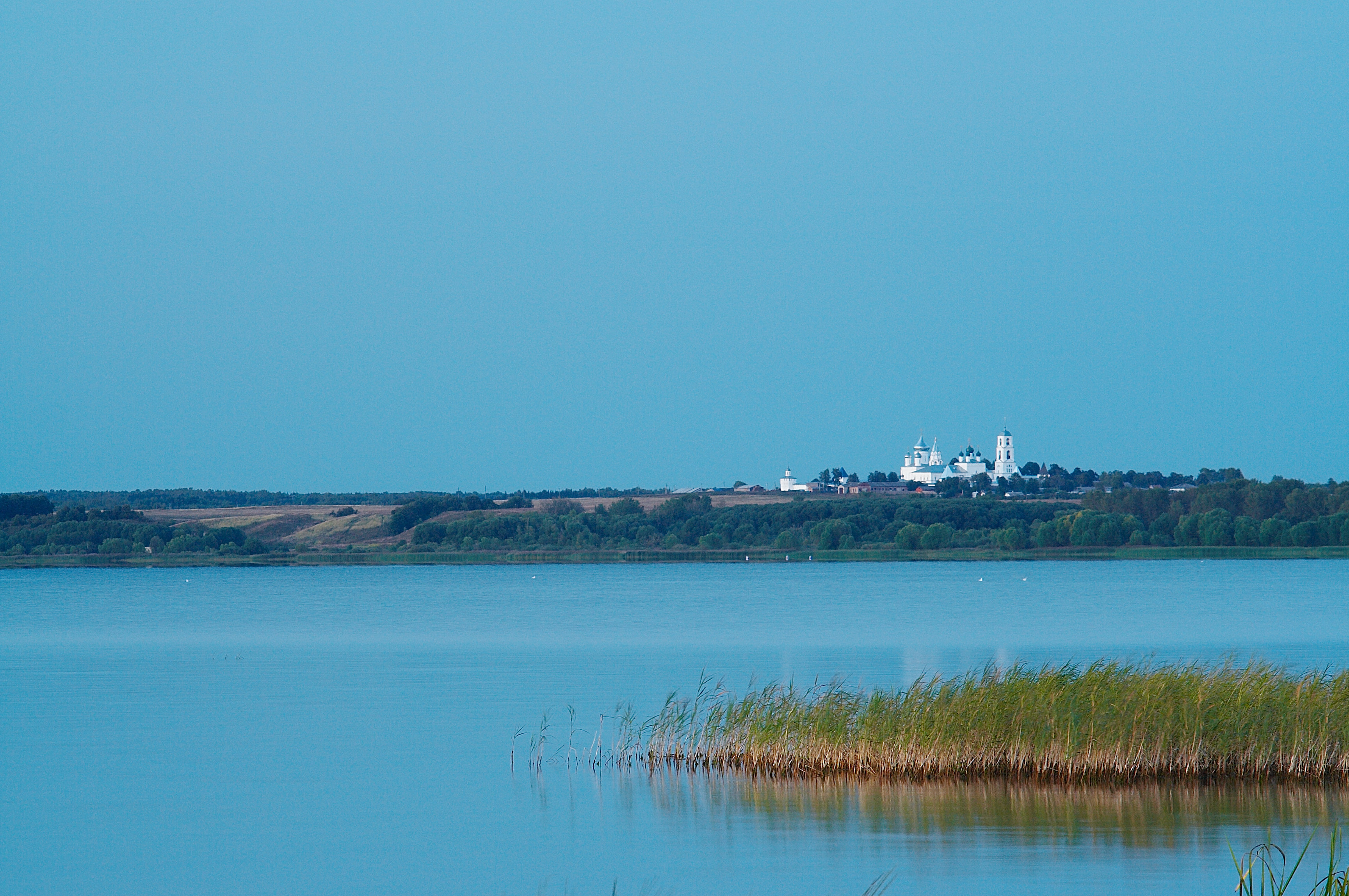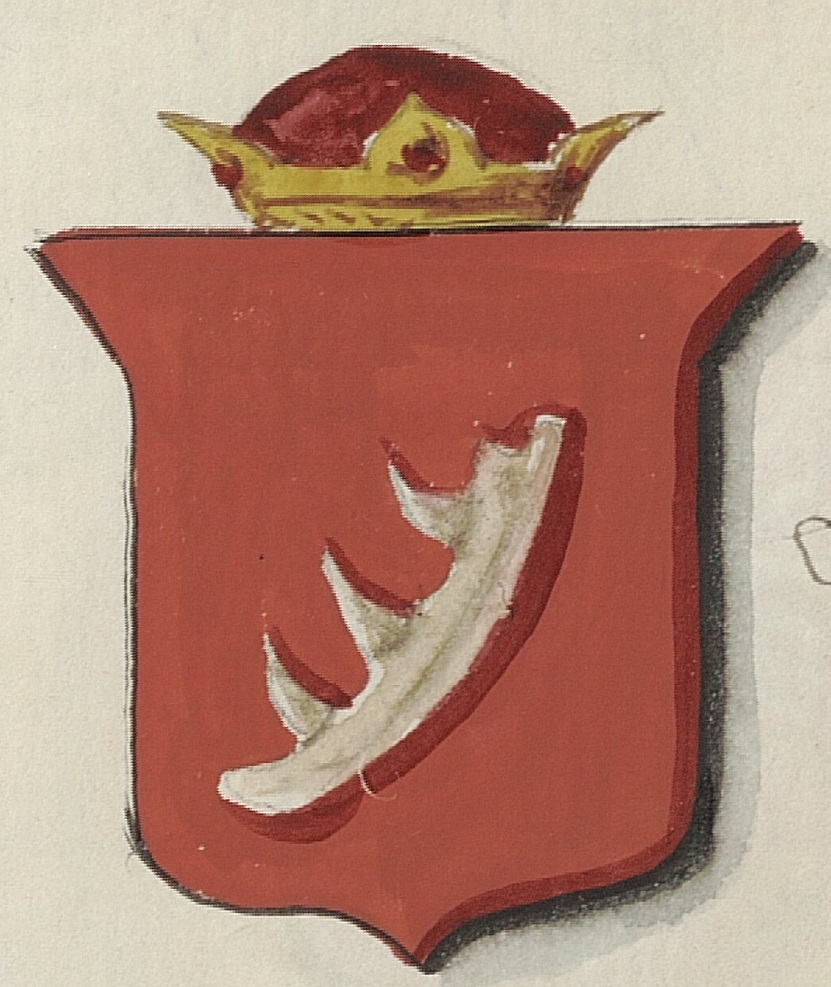|
Pereyaslav Principality
Pereiaslav ( uk, Перея́слав, translit=Pereiaslav, yi, פּרעיאַסלעוו, Periyoslov) is a historical city in the Boryspil Raion, Kyiv Oblast (province) of central Ukraine, located near the confluence of Alta and Trubizh rivers some south of the nation's capital Kyiv. From 1943 until 2019 the city name was Pereiaslav-Khmelnytskyi (or ''Pereyaslav-Khmelnytskyy''; uk, Перея́слав-Хмельни́цький).Rada renamed Pereyaslav-Khmelnitsky (30 October 2019 [...More Info...] [...Related Items...] OR: [Wikipedia] [Google] [Baidu] |
Pereslavl
Pereslavl-Zalessky ( rus, Переславль-Залесский, p=pʲɪrʲɪˈslavlʲ zɐˈlʲɛskʲɪj, lit. ''Pereslavl beyond the woods''), also known as Pereyaslavl-Zalessky, is a types of inhabited localities in Russia, town in Yaroslavl Oblast, Russia, located on the main Moscow–Yaroslavl road and on the southeastern shore of Lake Pleshcheyevo at the mouth of the Trubezh River. Population: Geography Pereslavl-Zalessky is located in south of Yaroslavl Oblast, near a border with Moscow Oblast, northeast of Moscow, and southwest of Yaroslavl. Climate Climate of Pereslavl-Zalessky is humid continental: long, cold and snowy winters and short, warm and rainy summers. Average temperatures range from in January to in July. History Known as Pereyaslavl until the 15th century, it was founded in 1152 by George I of Vladimir as a projected capital of Zalesye. The inhabitants of the nearby town of Kleshchin were relocated to the new town. Between 1175 and 1302, Peresla ... [...More Info...] [...Related Items...] OR: [Wikipedia] [Google] [Baidu] |
Zalesye
Zalesye ( rus, Зале́сье, p=zɐˈlʲesʲjə, ''area beyond the forest'') or Opolye ( rus, Опо́лье, p=ɐˈpolʲjə, ''area in the fields'') is a historical region of Russia, comprising the north and west parts of Vladimir Oblast, the north-east of Moscow Oblast and the south of Yaroslavl Oblast. As the kernel of the medieval state of Vladimir-Suzdal, this area played a vital part in the development of Russian statehood. The name ''Zalesye'' alludes to the deep woods that used to separate the medieval Principality of Rostov from the Republic of Novgorod and from the Dnieper principalities. Merians, Muroma, and other Volga Finnic tribes inhabited also the area. There was a strong interaction between the Slavs and Finnic peoples in these territories. In the twelfth century, this fertile area, being well protected from Turkic incursions by the forests, provided a favourable oasis for Slavic people migrating from the southern borders of Kievan Rus. The population of t ... [...More Info...] [...Related Items...] OR: [Wikipedia] [Google] [Baidu] |
Magdeburg City Rights
Magdeburg rights (german: Magdeburger Recht; also called Magdeburg Law) were a set of town privileges first developed by Otto I, Holy Roman Emperor (936–973) and based on the Flemish Law, which regulated the degree of internal autonomy within cities and villages granted by the local ruler. Named after the German city of Magdeburg, these town charters were perhaps the most important set of medieval laws in Central Europe. They became the basis for the German town laws developed during many centuries in the Holy Roman Empire. The Magdeburg rights were adopted and adapted by numerous monarchs, including the rulers of Bohemia, Hungary, Poland and Lithuania, a milestone in the urbanization of the region which prompted the development of thousands of villages and cities. Provisions Being a member of the Hanseatic League, Magdeburg was one of the most important trade cities, maintaining commerce with the Low Countries, the Baltic states, and the interior (for example Braunschweig). A ... [...More Info...] [...Related Items...] OR: [Wikipedia] [Google] [Baidu] |
Stephen Báthory
Stephen Báthory ( hu, Báthory István; pl, Stefan Batory; ; 27 September 1533 – 12 December 1586) was Voivode of Transylvania (1571–1576), Prince of Transylvania (1576–1586), King of Poland and Grand Duke of Lithuania (1576–1586). The son of Stephen VIII Báthory and a member of the Hungarian Báthory noble family, Báthory was a ruler of Transylvania in the 1570s, defeating another challenger for that title, Gáspár Bekes. In 1576 Báthory became the husband of Queen Anna Jagiellon and the third elected king of Poland. He worked closely with chancellor Jan Zamoyski. The first years of his reign were focused on establishing power, defeating a fellow claimant to the throne, Maximilian II, Holy Roman Emperor, and quelling rebellions, most notably, the Danzig rebellion. He reigned only a decade, but is considered one of the most successful kings in Polish history, particularly in the realm of military history. His signal achievement was his victorious campaign i ... [...More Info...] [...Related Items...] OR: [Wikipedia] [Google] [Baidu] |
Crown Of The Kingdom Of Poland
The Crown of the Kingdom of Poland ( pl, Korona Królestwa Polskiego; Latin: ''Corona Regni Poloniae''), known also as the Polish Crown, is the common name for the historic Late Middle Ages territorial possessions of the King of Poland, including the Kingdom of Poland proper. The Polish Crown was at the helm of the Polish–Lithuanian Commonwealth from 1569 to 1795. Major political events The Kingdom of Poland has been traditionally dated back to c. 966, when Mieszko I and his pagan Slavic realm joined Christian Europe (Baptism of Poland), establishing the state of Poland, a process started by his Polan Piast dynasty ancestors. His oldest son and successor, Prince Bolesław I Chrobry, Duke of Poland, became the first crowned King of Poland in 1025. Union of Krewo The Union of Krewo was a set of prenuptial agreements made in the Kreva Castle on August 13, 1385. Once Jogaila confirmed the prenuptial agreements on August 14, 1385, Poland and Lithuania formed a personal uni ... [...More Info...] [...Related Items...] OR: [Wikipedia] [Google] [Baidu] |
Kiev Voivodeship
The Kiev Voivodeship ( pl, województwo kijowskie, la, Palatinatus Kioviensis, uk, Київське воєводство, ''Kyjivśke vojevodstvo'') was a unit of administrative division and local government in the Grand Duchy of Lithuania from 1471 until 1569 and of the Crown of the Kingdom of Poland from 1569 until 1793, as part of Lesser Poland Province of the Polish Crown. The voivodeship was established in 1471 upon the death of the last prince of Kiev Simeon Olelkovich and transformation of the Duchy of Kiev (appanage duchy of the Grand Duchy of Lithuania) into the Voivodeship of Kiev. Description The voivodeship was established in 1471 under the order of King Casimir IV Jagiellon soon after the death of Semen Olelkovich. It had replaced the former Principality of Kiev, ruled by Lithuanian-Ruthenian Olelkovich princes (related to House of Algirdas and Olshansky family). Its first administrative center was Kiev, but when the city was given to Imperial Russia in 1667 ... [...More Info...] [...Related Items...] OR: [Wikipedia] [Google] [Baidu] |
Grand Duchy Of Lithuania
The Grand Duchy of Lithuania was a European state that existed from the 13th century to 1795, when the territory was partitioned among the Russian Empire, the Kingdom of Prussia, and the Habsburg Empire of Austria. The state was founded by Lithuanians, who were at the time a polytheistic nation born from several united Baltic tribes from Aukštaitija. The Grand Duchy expanded to include large portions of the former Kievan Rus' and other neighbouring states, including what is now Lithuania, Belarus and parts of Ukraine, Latvia, Poland, Russia and Moldova. At its greatest extent, in the 15th century, it was the largest state in Europe. It was a multi-ethnic and multiconfessional state, with great diversity in languages, religion, and cultural heritage. The consolidation of the Lithuanian lands began in the late 13th century. Mindaugas, the first ruler of the Grand Duchy, was crowned as Catholic King of Lithuania in 1253. The pagan state was targeted in a religious crusade by ... [...More Info...] [...Related Items...] OR: [Wikipedia] [Google] [Baidu] |
Mongol Invasion Of Kievan Rus'
The Mongol Empire invaded and conquered Kievan Rus' in the 13th century, destroying numerous southern cities, including the largest cities, Kiev (50,000 inhabitants) and Chernihiv (30,000 inhabitants), with the only major cities escaping destruction being Novgorod and Pskov, located in the north. The campaign was heralded by the Battle of the Kalka River in May 1223, which resulted in a Mongol victory over the forces of several Rus' principalities as well as the remnants of the Cumans under Köten. The Mongols retreated, having gathered their intelligence, which was the purpose of the reconnaissance-in-force. A full-scale invasion of Rus' by Batu Khan followed, from 1237 to 1242. The invasion was ended by the Mongol succession process upon the death of Ögedei Khan. All Rus' principalities were forced to submit to Mongol rule and became vassals of the Golden Horde, some of which lasted until 1480. The invasion, facilitated by the beginning of the breakup of Kievan Rus' in the ... [...More Info...] [...Related Items...] OR: [Wikipedia] [Google] [Baidu] |
Tatars
The Tatars ()Tatar in the Collins English Dictionary is an umbrella term for different Turkic ethnic groups bearing the name "Tatar". Initially, the ethnonym ''Tatar'' possibly referred to the . That confederation was eventually incorporated into the when unified the various steppe tr ... [...More Info...] [...Related Items...] OR: [Wikipedia] [Google] [Baidu] |
Principality Of Pereiaslavl'
The Principality of Pereyaslavl ( uk, Переяславське князівство) was a regional principality of Kievan Rus' from the end of 9th century until 1323, based in the city of Pereyaslavl (now ''Pereiaslav'') on the Trubizh River. Siting The Principality of Pereyaslavl was usually administrated by younger sons of the Grand Prince of Kiev. It stretched over the extensive territory from the left banks of the middle Dnieper river on the west to its eastern frontier that laid not far west from the Seversky Donets, where the legendary Cuman city of Sharuk(h)an was presumably situated. History The ''Primary Chronicle'' dates the foundation of the city of Pereyaslavl' to 992; the archaeological evidence suggests it was founded not long after this date. In its early days Pereyaslavl' was one of the important cities in Kievan Rus' behind the Principality of Chernigov and Kiev. The city was located at a ford where Vladimir the Great fought a battle against the nomad Pech ... [...More Info...] [...Related Items...] OR: [Wikipedia] [Google] [Baidu] |
Steppe
In physical geography, a steppe () is an ecoregion characterized by grassland plains without trees apart from those near rivers and lakes. Steppe biomes may include: * the montane grasslands and shrublands biome * the temperate grasslands, savannas and shrublands biome A steppe may be semi-arid or covered with grass or with shrubs or with both, depending on the season and latitude. The term " steppe climate" denotes the climate encountered in regions too dry to support a forest but not dry enough to be a desert. Steppe soils are typically of the chernozem type. Steppes are usually characterized by a semi-arid or continental climate. Extremes can be recorded in the summer of up to and in winter, . Besides this major seasonal difference, fluctuations between day and night are also very great. In both the highlands of Mongolia and northern Nevada, can be reached during the day with sub-freezing readings at night. Mid-latitude steppes feature hot summers and cold wint ... [...More Info...] [...Related Items...] OR: [Wikipedia] [Google] [Baidu] |
Kievan Rus'
Kievan Rusʹ, also known as Kyivan Rusʹ ( orv, , Rusĭ, or , , ; Old Norse: ''Garðaríki''), was a state in Eastern and Northern Europe from the late 9th to the mid-13th century.John Channon & Robert Hudson, ''Penguin Historical Atlas of Russia'' (Penguin, 1995), p.14–16.Kievan Rus Encyclopædia Britannica Online. Encompassing a variety of polities and peoples, including East Slavic, Norse, and Finnic, it was ruled by the , fou ... [...More Info...] [...Related Items...] OR: [Wikipedia] [Google] [Baidu] |







.jpg)
